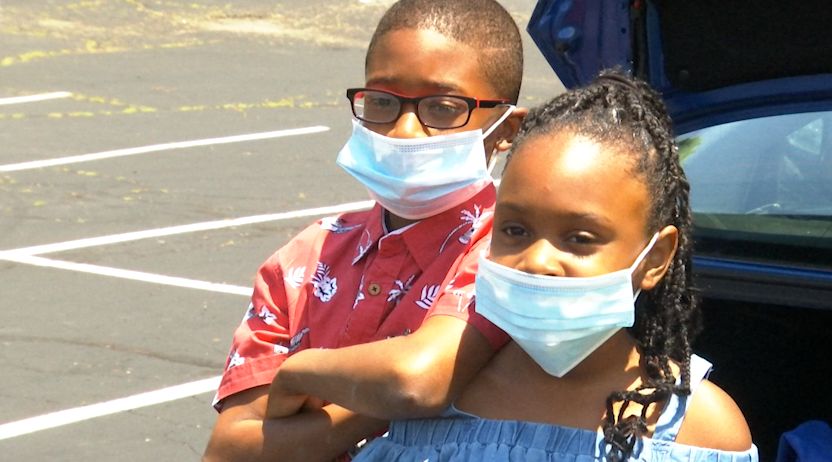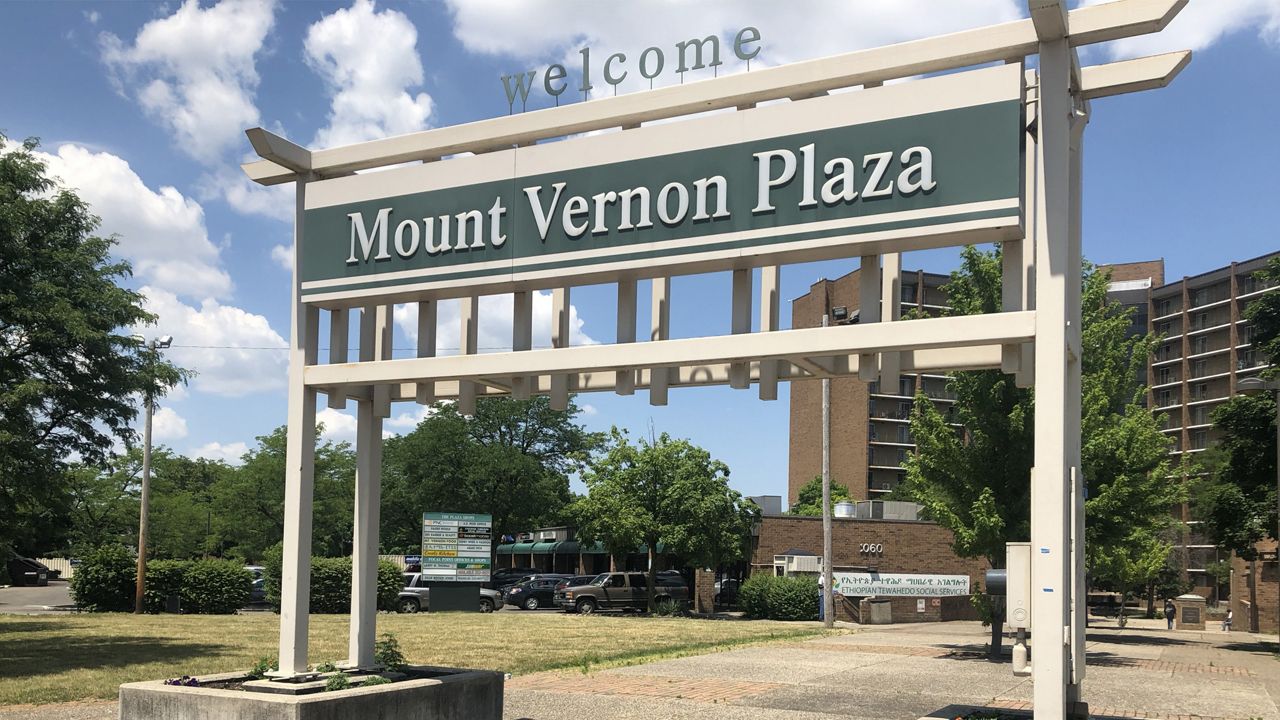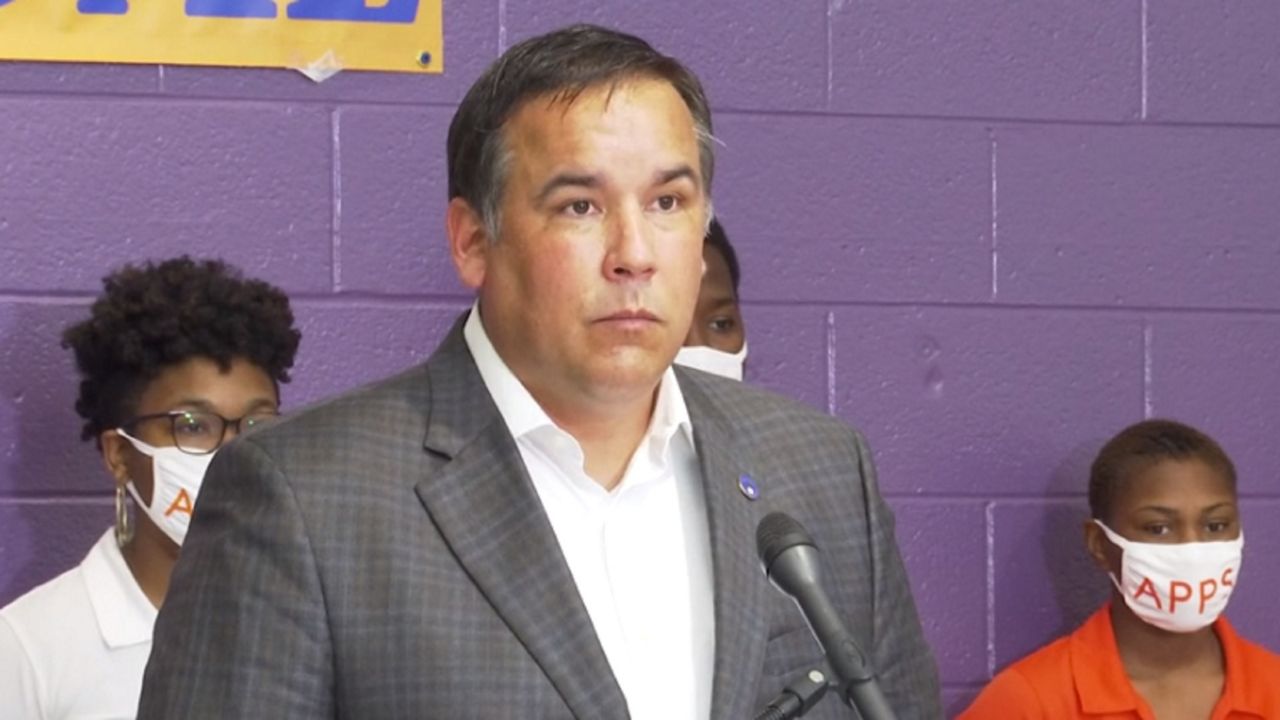OHIO — Tweeting, Instagramming, protesting —all things that Millennials and Generation Z embrace.
But what about voting?
“I think a big part of it is that we aren’t taught how to, because it’s pretty simple to register, it’s not very difficult to do, but we aren’t told in high school how exactly to go about doing that,” said Alexie McFarland, a student at Ohio University.
McFarland is part of Generation Z and gets frustrated when she sees her peers not caring enough to vote. She said it's one thing to post opinions on social media, but it’s another to have a voice via the ballot box.
“With our generation we have this mentality that one vote doesn't matter, so it doesn’t matter if I don’t vote if everybody else does, but if a whole generation thinks that way then nothing's going to happen about it,” she said.
According to the Ohio Voter Project, which analyzes election data, as of July 1, there are approximately 740,000 voters, ages 18-24 registered to vote in the state, compared to 3 million people age 50 and older.
Based on the most recent population data from the state of Ohio published in 2018, only about 70 percent of younger eligible voters are registered for the November election. For eligible voters 50 and older, that figure is nearly 90 percent.
Another sign that young people don't necessarily feel motivated to participate at the polls: In the recent Ohio primary election, 1 million people ages 50 and older voted. Only about 76,000 young adults ages 18-24 cast their ballots.
Steve Tingley-Hock from the Ohio Voter Project said he thinks there’s been a shift in education between generations and therefore, younger people are less informed and subsequently uncomfortable with the voting process.
“I don’t think government classes or civics classes or whatever they're called now are really emphasized in high schools the way that they were when I was younger,” he said. “I think part of the difficulty is no one will agree anymore on what the facts are. I think in some ways it’s not the teacher's fault, it’s society's fault.”
According to the National Education Association, before 1960, it was common for American high school students to have three separate courses in civics and government. Civics offerings were slashed as the curriculum has narrowed through the years.
Jennifer Lumpkin, from Cleveland Votes, an organization that aims to create a more participatory and cohesive community, said when she talked with some young voters in Cleveland, they felt a sense of distrust in the voting system.
“When we talked to them and specifically asked them why they do or do not vote, there was a feeling that the system is rigged and that it’s not trustworthy and that no matter what they do or how they vote, things are already predetermined,” Lumpkin said.
She said understanding the privilege of voting can be very different for someone who is 18 than it is for someone who is 50.
“A lot of folks that are 50 and older own property and they have something to lose. There’s having some skin in the game, having a sense of understanding of how politics connects to life, your quality of life, your assets, your investments,” she said.
But she said it's up to those old enough to be parents and grandparents to make sure the younger generation knows how and why voting affects them now and in their future.
“I think young people are very much motivated, interested and curious,” she said. “It’s on the folks that came before them to make sure that that stays within their ethos and in their emotional and mental lexicon, it’s up to us to make sure that that happens, it’s not on young people to just know.”
With the renewed calls for racial justice and human rights, McFarland said she thinks her generation is finally having a wake up call.
“It’s nonstop all the time talking about these issues so it’s hard for us to ignore now, for our generation to be like ‘I don't care.’ she said. “My friends who were already politically active are now even more, and the people who weren’t as much, are starting to get into it.”
Tingley-Hock said that if everything happening in society right now doesn’t convince the younger generation to vote, he doesn’t know what will.
McFarland said she has hope that the time has come.
“It's only ten minutes of your life, it's only an hour of your life, it's only five hours of your life, nobody wants to wait in line for that long, but when it’s something important as voting, I think it's about time we man up and get over it. I think we can do it. I have hope, I have hope still."
You can register to vote by filling out a form online or you can go in person to your local board of elections.
The only things you’ll need are your driver's license and the last four digits of your social security number.
To actually vote, there are three ways: In person early voting, in person on the day of the election, and absentee ballot voting.
The deadline to register to vote is Oct. 5, 2020. In-person early voting starts on Oct. 6, 2020.
Go to the Ohio Secretary of State’s website for more information.









